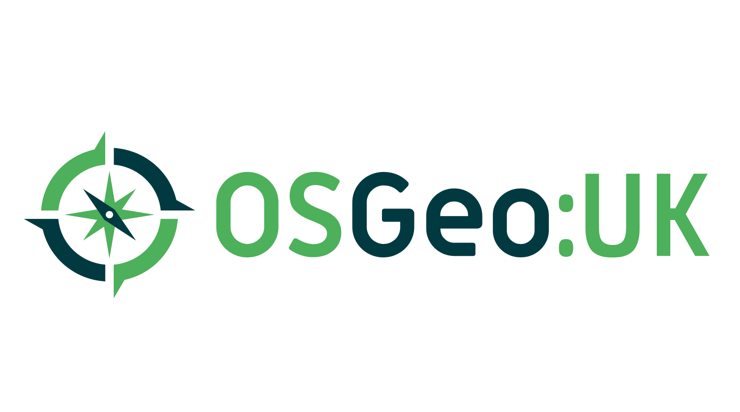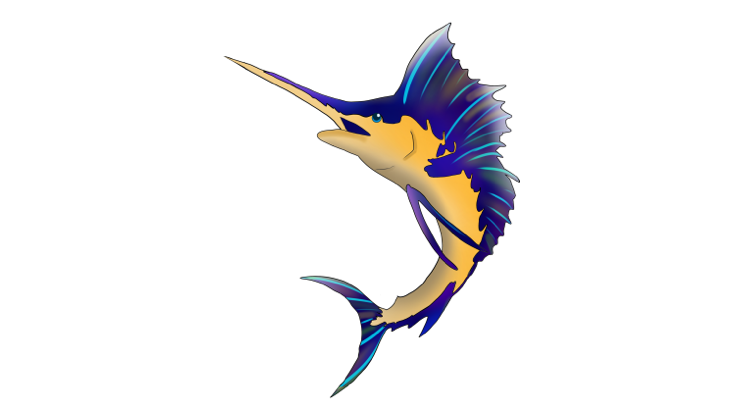This 0.6 version adds 18 new datasets, 15 new datamodules, and 27 new pre-trained models, encompassing 11 months of work by 23 contributors.
TorchGeo mission is still to make it simple:
- for machine learning experts to work with geospatial data, and
- for remote sensing experts to explore machine learning solutions.
A total of 119 projects have direct public dependencies on torchgeo (GitHub tracks this). Some notable ones:
- Natural Resources Canada — https://github.com/NRCan/geo-inference (Canadian govt. project)
- National statistical institute of Norway — https://github.com/statisticsnorway/ssb-sgis
- IBM – several projects
- https://github.com/IBM/SAR2NDVI
- https://github.com/IBM/remote-sensing-image-retrieval
- https://github.com/IBM/terratorch (a library for fine-tuning EO foundation models)
- David Rolnick’s lab — https://github.com/RolnickLab/FoMo-Bench (forest monitoring)
- Lebanese National Center for Remote Sensing – CNRS — https://github.com/geoaigroup/geotils
- CyberGIS center — https://github.com/cybergis/docker-images (they install torchgeo on the docker images they use)
- University of St. Gallen — https://github.com/HSG-AIML/GDA (research paper)
There are also indirect / not-public dependencies, e.g. CalOES used torchgeo.
At least three university classes (Hannah, Esther, Adam) now use torchgeo in homework assignments to teach GeoML, reproducibility, and python.
Other usage stats:
- 255,688 total downloads on pypi (pip install …), 9,854 last month
- 21,192 total downloads through conda
- 72 code contributors
- There are 200 people on the public Slack channel
- 972 unique users visited the GitHub repo past two weeks





